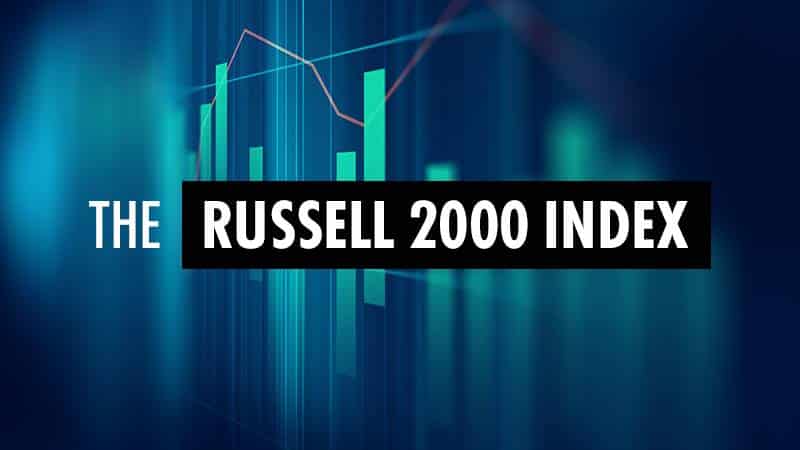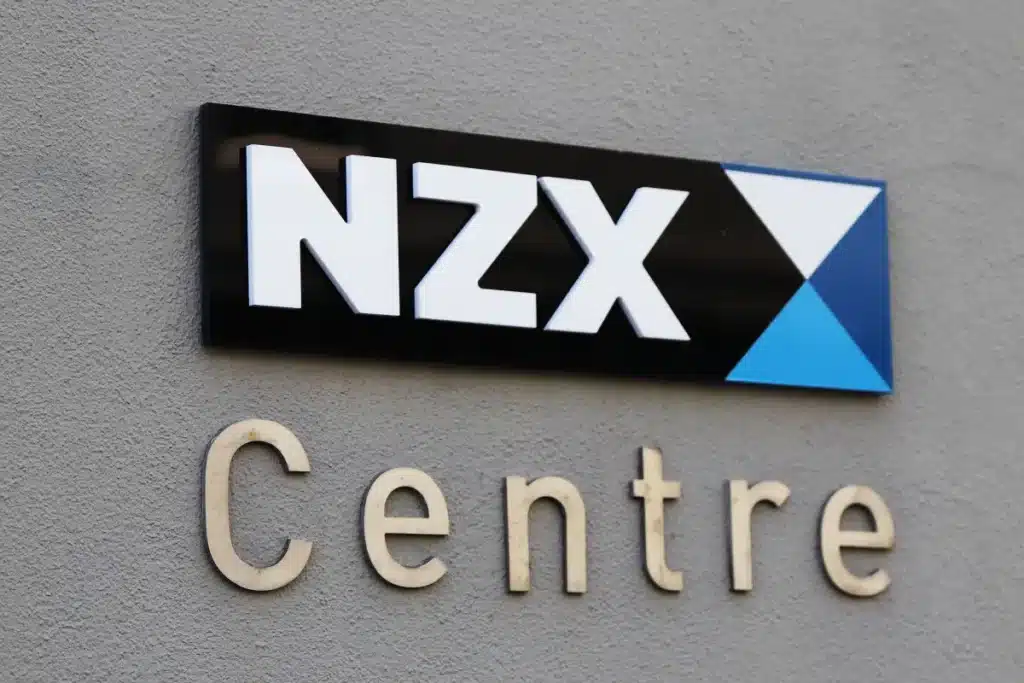Understanding Today’s Market Movements: Futures, JOLTS, and Tariffs
Hey there, future investor or seasoned market enthusiast! Gathering insights into today’s market landscape can be crucial for making informed decisions, but with all sorts of financial lingo floating around, it might feel like you need a translator at times. That’s why we’re here to break it down for you. Let’s dive into the main factors driving the markets this Tuesday, June 3, 2025.
What’s Going on with U.S. Stock Futures?
First off, you may have heard that U.S. stock futures have taken a slight dip today. But what does this mean exactly? In simple terms, futures are like a promise or a bet on what the stock market’s opening prices will be, giving investors an early indication of market sentiment. When futures edge lower, it suggests that investors are feeling a bit cautious, anticipating a potentially challenging market day ahead.
The backdrop to this cautious outlook partially stems from the gains seen on Wall Street in the previous session. Sometimes, after a high, investors might anticipate a bit of a pullback—a phenomenon traders refer to as a “correction.” Think of it like the market catching its breath after sprinting uphill.
The JOLTS Report: What’s the Buzz?
Next up on the radar is the Job Openings and Labor Turnover Survey (JOLTS) report. This is an important piece of data because it provides insight into the strength of the labor market. Simply put, JOLTS can offer clues about employment trends—like how many job openings are out there and how easily people are switching jobs.
Tomorrow’s JOLTS release could further impact the markets as investors look for signs of economic resilience or weakness. If the results suggest a robust job market, it might buoy market confidence. Conversely, weaker numbers could reinforce today’s cautious tone.
The Tariff Tango: TSMC CEO Weighs In
Adding another layer to today’s market complexity are the ongoing discussions about trade tariffs, notably addressed by the CEO of Taiwan Semiconductor Manufacturing Company (TSMC), a key player in the global tech supply chain. Tariffs are essentially taxes on imports or exports between countries. Recently, there’s been chatter about the trade tariffs potentially imposed on or relaxed between major economies, and these discussions have wide-ranging implications.
Why does this matter? Tariffs can impact everything from the prices of goods you buy to the stock performance of companies like TSMC, which are deeply embedded in global supply chains. When influential figures like the TSMC CEO speak on these matters, the market tends to listen closely. Concerns—or optimism—over tariffs and their impact on the economy could certainly sway investor sentiment.
Wrapping It All Up
Today’s market watch is all about balancing various pieces of economic news, examining how these elements interconnect, and understanding their implications for the near future. With the combined weight of futures movements, the eagerly-awaited JOLTS report, and the ever-significant tariff discussions, markets are navigating a delicate balancing act. As always, staying informed and maintaining a nuanced understanding of these factors can help guide more strategic investment decisions.
Whether you’re a veteran investor or just starting your journey in stock trading, keeping an eye on these developments can enhance your market literacy and investment foresight. Remember, knowledge is power, and by staying curious, you’re steering yourself towards making smarter financial choices.
Understanding Today’s Top Analysis in the Stock Market
In today’s dynamic financial landscape, key analytical insights can offer crucial guidance for both seasoned investors and those just starting their investing journeys. Let’s delve into the top analyses highlighted today, breaking down what they mean for the stock market and how you might leverage these insights.
Market Faces Cross-Currents from Divergent Signals
In recent months, the stock market has encountered numerous conflicting signals, commonly referred to as cross-currents. These fluctuations are driven by a myriad of factors ranging from changing economic indicators, unexpected geopolitical events, and varied monetary policies across regions. Understanding these can help you make informed decisions and adjust your strategies accordingly.
For instance, an unexpected increase in employment data could drive stocks up, while an increase in inflation could have the opposite effect. As an investor, it is essential to monitor these signals closely and be prepared for rapid shifts in market trends. Familiarize yourself with the basics of economic indicators and how they influence both market sentiment and stock valuations.
Trump’s One Big Beautiful Bill: What Section 899 Means for Global Investment Flows
Section 899 of this piece of legislation could have significant implications for global investment flows. Specifically, it addresses tax policies that may affect foreign investments entering the U.S. market. Changes in these policies could either encourage or deter foreign investors, impacting capital flows into U.S. stocks and, by extension, their performance.
Investors should remain vigilant about political and legislative developments, as these can have profound effects on your portfolio’s international exposure. Understanding the global aspects of your investments helps ensure you’re prepared for potential volatility that may arise from political turbulence.
Silver Bulls Eye Breakout to Multi-Decade Highs
For those tracking precious metals, the potential for silver to reach multi-decade highs is an exciting prospect. This analysis highlights factors such as increased industrial demand and supply constraints, which might push prices higher. Silver’s dual role as both an industrial metal and a store of value makes it particularly sensitive to economic trends.
As you evaluate your portfolio, consider how exposure to commodities like silver might balance out more traditional stock holdings. Diversifying your investments could help manage risk, particularly in times when traditional equity markets face uncertainty.
May’s Top Performers – Still Worth a Spot in Your Portfolio?
Looking back at May’s top-performing stocks is a common strategy for identifying potential investments. Examining why these stocks performed well may offer clues to their future potential. Factors often include strong earnings reports, strategic business moves, or industry trends favoring these specific companies.
It’s crucial to consider whether the factors driving past performance will continue. Just because a stock has performed well in the past doesn’t guarantee future success. Conduct thorough research or consult a financial advisor to evaluate whether these stocks align with your investment goals and risk tolerance.
In conclusion, staying informed about in-depth analyses like these can significantly enhance your understanding of the stock market. Whether you’re interested in policy changes, commodity trends, or the latest top performers, these insights can help guide your investment decisions and enhance your market strategy. Remember, knowledge is a powerful tool in the investing world.
Understanding the Market: Key Insights from Today’s Top News
Investing in the stock market can be thought-provoking and dynamic, and staying informed about the latest economic trends and political developments is essential. Let’s delve into today’s top news stories, which are shaping the market landscape. These updates offer a snapshot of current conditions, helping investors like you make informed decisions.
U.S. Stock Futures Edge Lower; Trade Tariffs, Economic Data in Focus
This morning, U.S. stock futures slightly declined after positive gains in the previous session. The recent movement is closely linked to discussions around potential trade tariffs. Trade policies significantly influence stock markets because they impact business costs and trade flows between countries. It’s essential to monitor any upcoming decisions or announcements as these can cause fluctuations in stock prices.
The economic data released often serves as a barometer for investor sentiment. This data can inform you about the economic health and future projections, such as employment rates and manufacturing indexes. Thus, keeping a close watch on these numbers can provide great insight into future market trends.
Eurozone CPI Rose 1.9% Annually in May; ECB Set to Cut Again
In the Eurozone, the Consumer Price Index (CPI), which measures the average change in prices over time that consumers pay for a basket of goods and services, rose by 1.9% annually in May. This signals some inflation, yet still below the European Central Bank’s (ECB) target. Inflation rates can influence stock markets as they impact monetary policy decisions.
With the inflation trajectory not yet meeting ECB’s desires, they may consider implementing further cuts to stimulate economic activity. When central banks lower interest rates, borrowing becomes less expensive which can spur investment and increase market activity. Understanding these economic indicators can provide clues into both the region’s economic health and investment opportunities.
Dutch AEX Slips as Far-Right Leader Leaves Coalition, Toppling Government
Political developments can have immediate impacts on stock indices, as seen with the Dutch AEX slipping due to a leading political figure’s departure from the coalition, causing a government shift. Political instability often leads to economic uncertainties, which markets typically react to with caution or selling pressure.
Investors should keep an eye on further developments and how they might affect economic policies or trade, as these could have broader implications for both local and international markets.
OECD Slashes Global Growth Forecast, Flags Impact of Tariff Strife on U.S. Economy
The Organization for Economic Co-operation and Development (OECD) has revised its global growth forecast, emphasizing the strain that ongoing tariff disputes place on the U.S. economy. Growth forecasts are crucial, as they often dictate investor expectations and herd behavior in the market. A lower growth forecast might make investors wary, impacting stock prices and investment flows.
Furthermore, tariffs can affect business profitability and consumer prices. It’s critical to assess how these might impact the companies in your portfolio, especially those heavily engaged in international trade.
Gold Prices Cool After Rallying on Increased Geopolitical Tensions, Trade Jitters
Gold often sees price increases during geopolitical tensions as it’s viewed as a “safe haven” asset. However, today’s news shows cooling gold prices following recent rallies. Monitoring these fluctuations is helpful for investors interested in commodities or broader market sentiment.
Understanding the dynamics at play—such as the balance between market fears and stabilizing factors—can improve your investment strategy. Generally, increased awareness about why investors flock to gold, and when they might retreat, can help navigate such market conditions.
By staying informed with these updates, investors can make more strategic moves, aligning with their financial goals and market behavior. Harnessing this knowledge equips you to better anticipate shifts, maintaining a balance between calculated risks and potential rewards.








